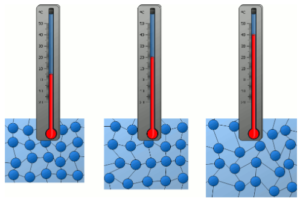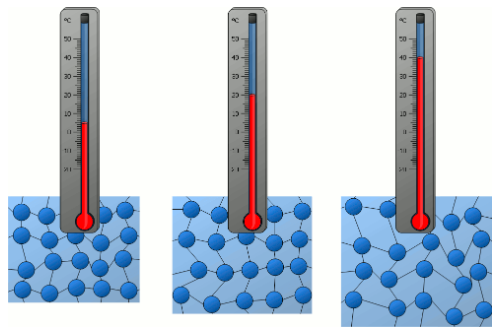Plasma spray coating is a versatile and effective technique used in various industries to apply protective coatings to surfaces. Whether you’re new to the concept or looking to deepen your understanding, this beginner’s guide will provide you with an overview of the plasma spray coating process.
Understanding Plasma Spray Coating
According to Mechanical Hub, plasma spray coating involves the spraying of molten or semi-molten material onto a substrate through the use of a high-temperature plasma flame. The process utilises a plasma torch to heat and accelerate particles of the coating material which are then propelled onto the surface to be coated.

The Plasma Spray Coating Process
1. Preparation: The surface that requires coating is cleaned and prepared to ensure that the coating material is able to adhere properly
2. Material Selection: A suitable coating material, usually in the form of powder or wire, is chosen based on the desired properties and application requirements.
3. Plasma Generation: A plasma torch generates a high-temperature plasma flame by ionising a gas, typically argon or nitrogen, and passing it through an electric arc.
4. Particle Heating: The coating material is introduced into the plasma flame, where it is heated until it becomes molten or semi-molten.
5. Coating Deposition: Once heated, the particles are accelerated towards the substrate and propelled onto its surface, forming a dense and uniform coating layer upon impact.
6. Cooling and Finishing: Once deposited, the coating undergoes rapid cooling, solidification, and any necessary finishing processes to achieve the desired surface properties.

Overall, plasma spray coating is a versatile and efficient process that offers numerous benefits for enhancing surface properties and extending the lifespan of critical components. By understanding the fundamentals of the process outlined in this guide, beginners can gain insight into its applications and potential for addressing various engineering challenges.

